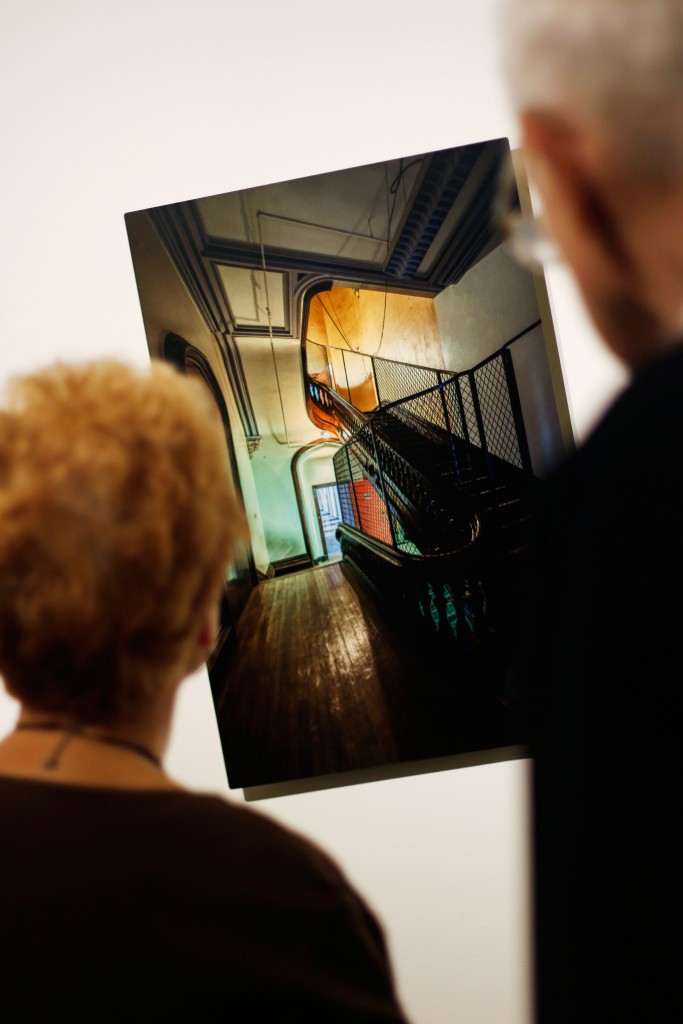
Written on the wall of Binghamton University’s latest art exhibit, “Reclaiming Ruins: The New York State Inebriate Asylum and Other ‘Abandonscapes,’” is the Denis Diderot quote, “The ideas ruins evoke in me are grand.” This quote is exemplary of the nature of the show, which centered on the idea of “ruinophilia” — the appreciation of, or fascination with, ruins that exceed postmodern quotations. Ruins, in today’s age, are viewed with a sense of decayed disambiguation. Yet, the show’s main goal is to explore ruins as an imaginative, expressive escape from modernity.
Reclaiming Ruins, which debuted on September 17 and runs until December 19, features works by artist A.D. Wheeler, who photographed The New York State Inebriate Asylum and other abandoned locations.
Julia Walker, an assistant professor of art history at Binghamton University, was the guest curator for the exhibit. Walker’s exhibit explores the beauty in destruction and advocates for the preservation of abandoned landscapes. She described the transformative nature of the asylum’s architecture as one of “ennobling power.”
Through his poignant images, Wheeler personifies the complexities of antiquity by transporting his audience to a place of realism that is raw and gritty. The former grandeur of the asylum is apparent and is exemplified in his use of high dynamic range photography, which layers multiple photos taken at different exposures to create a cohesive image. The effect produced is one of sheer curiosity.
“They grab your attention and send your imagination wandering,” Walker said. “Who occupied this place? What stories have these crumbling walls seen?”
The sharp sense of contrast and color in the images juxtaposes the very essence of the dilapidated ruins, intriguing viewers with their hauntingly beautiful tone. An example is the photograph of the electric chair taken in the Eastern State Penitentiary in Pennsylvania. The image itself is jarring in its content, but captivating and moving in the story it tells. While devoid of any human figure, the picture is brimming with the life that was once there. Bright light streams in from an open window, flooding the atmosphere with light. The physical beauty of the image can deceive its audience into ignoring the immense torture that occurred in the room.
That is the nature of “ruinophilia”; it bends your opinion of normality and forces you to consider a new perspective. Therefore, Wheeler’s narrative is incomplete until his audience questions aspects of conventional beauty.
It is a sad, but true, fact that many of these buildings are in jeopardy of total demolition. Wheeler’s belief is that the demolition of ruins is becoming far too commonplace. Images of desecration saturate everyday life, making one desensitized to the significance these places represent. Yet, Wheeler’s work proves that ruins are not ruined, but a reminder of the beauty of what remains.


